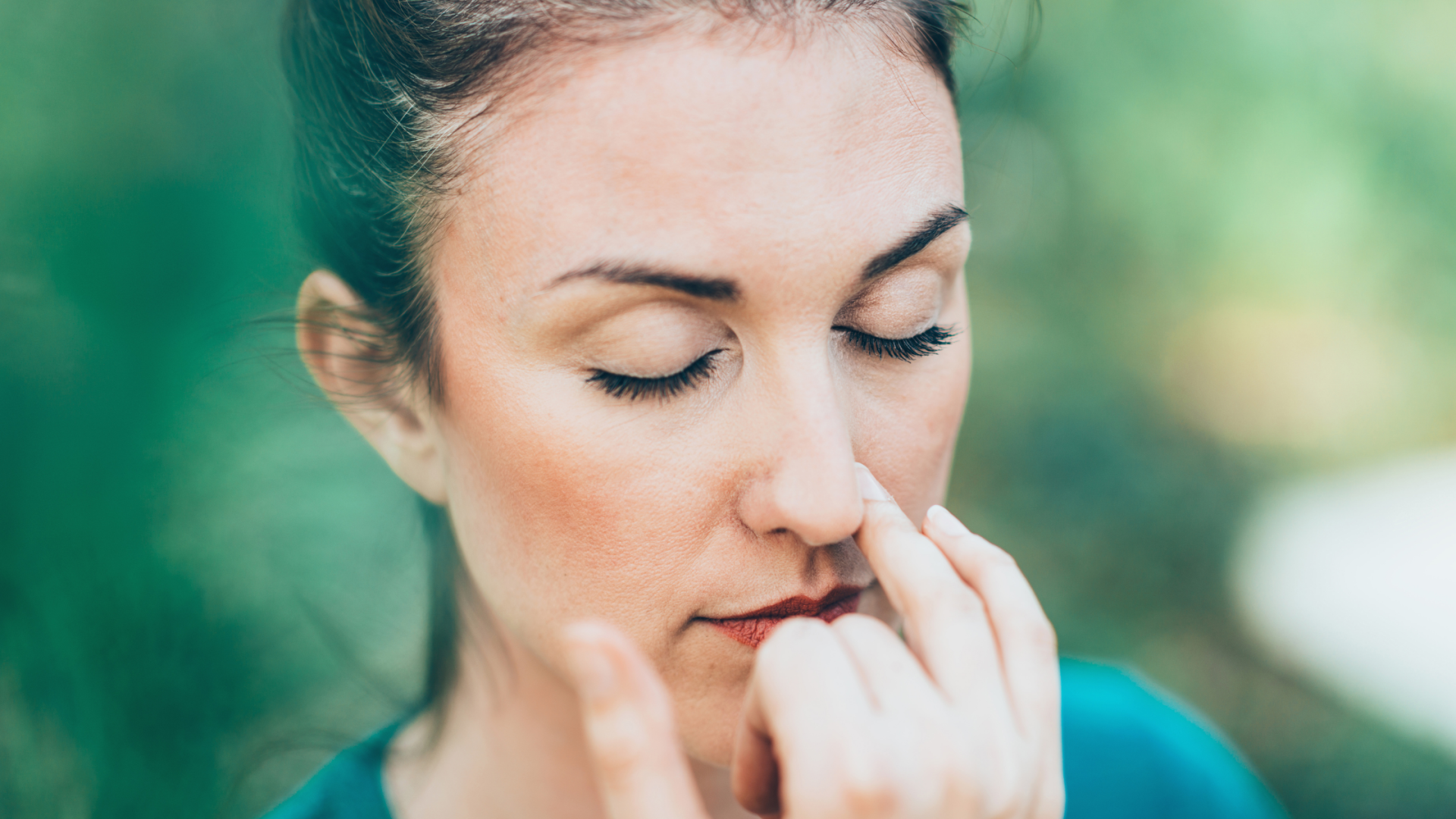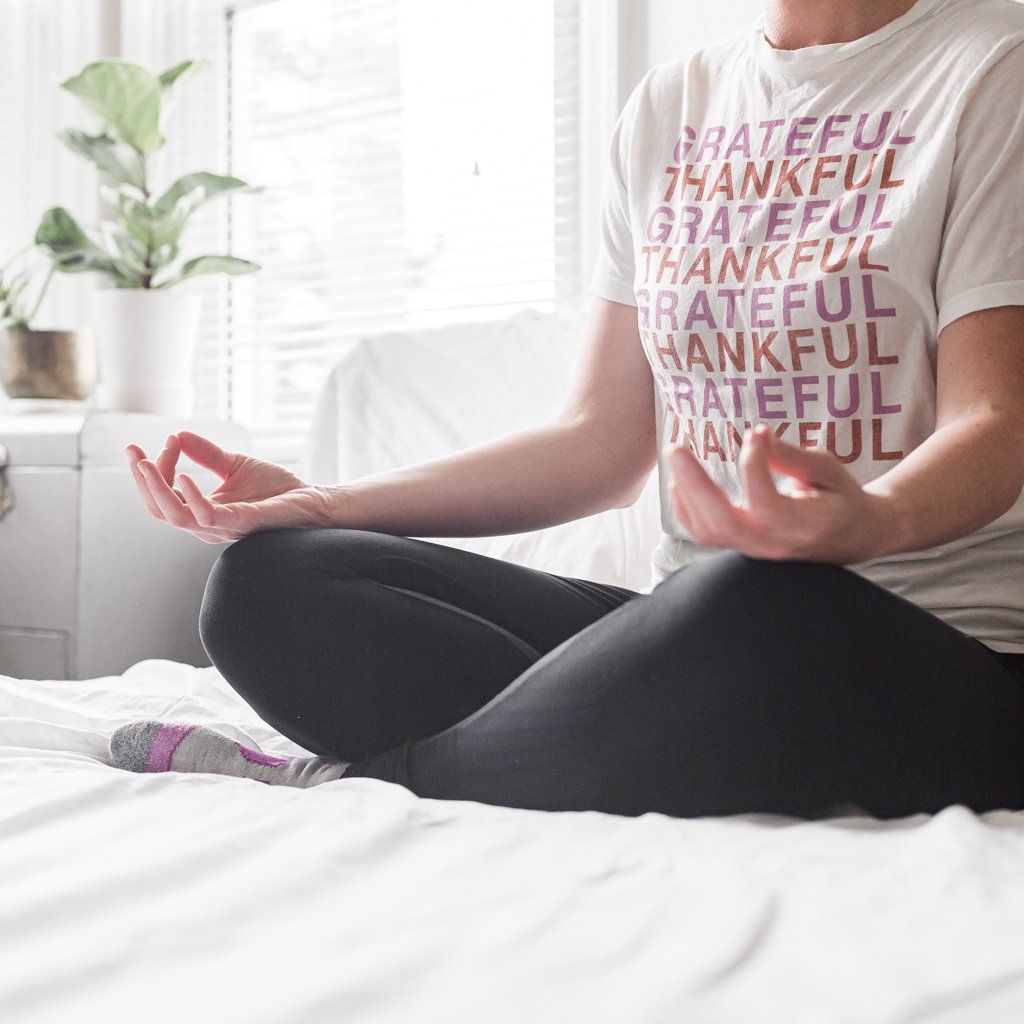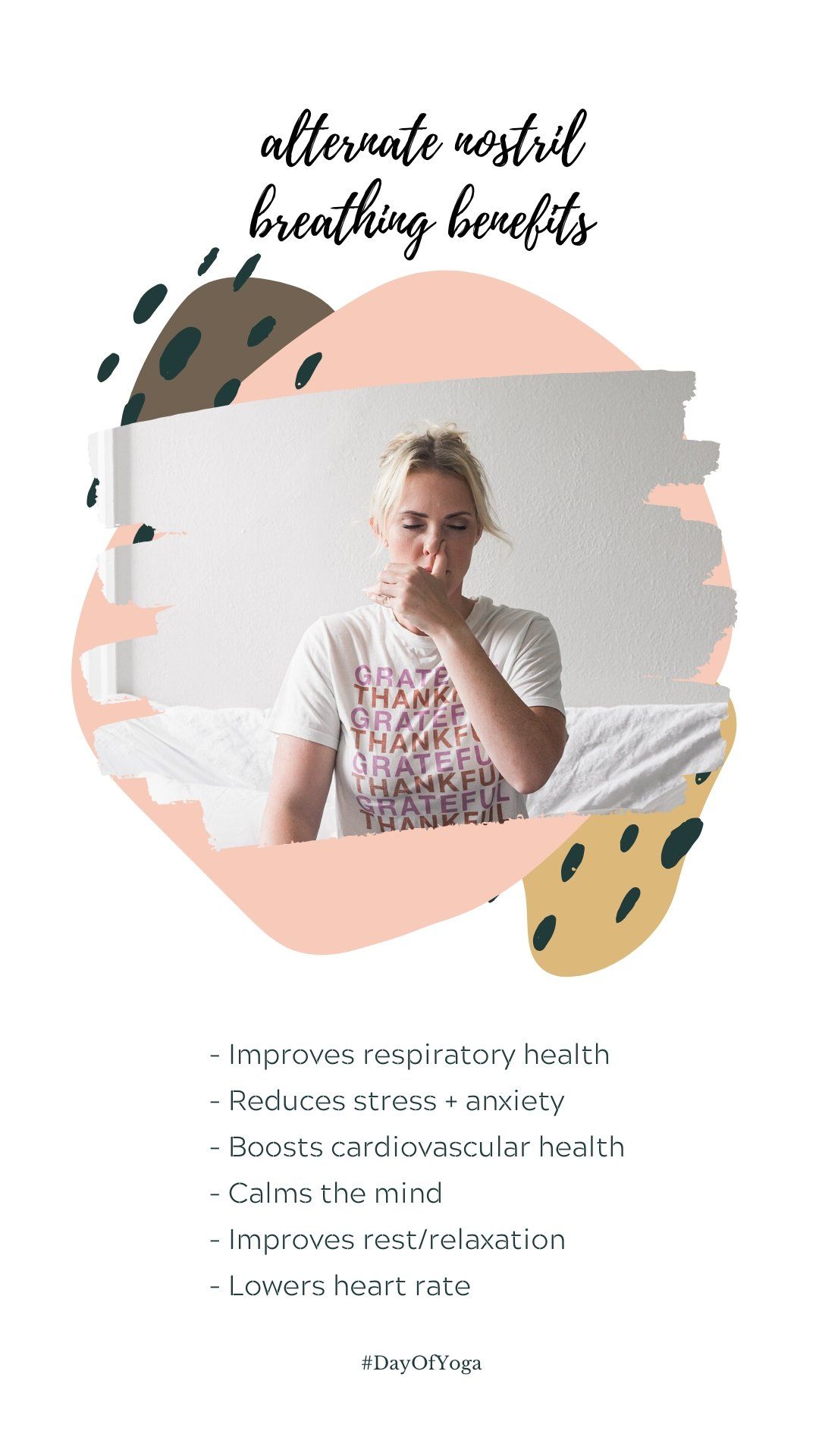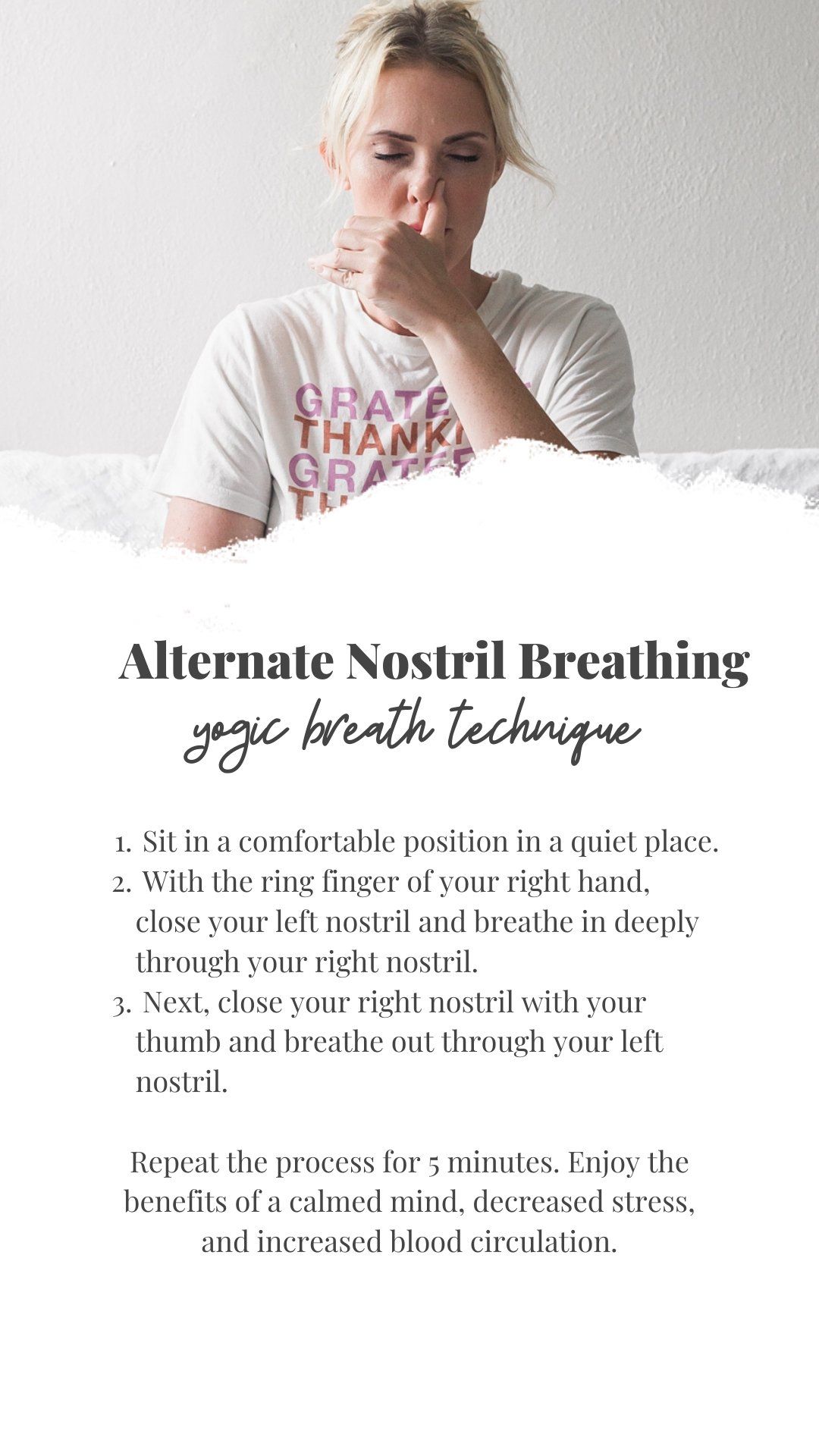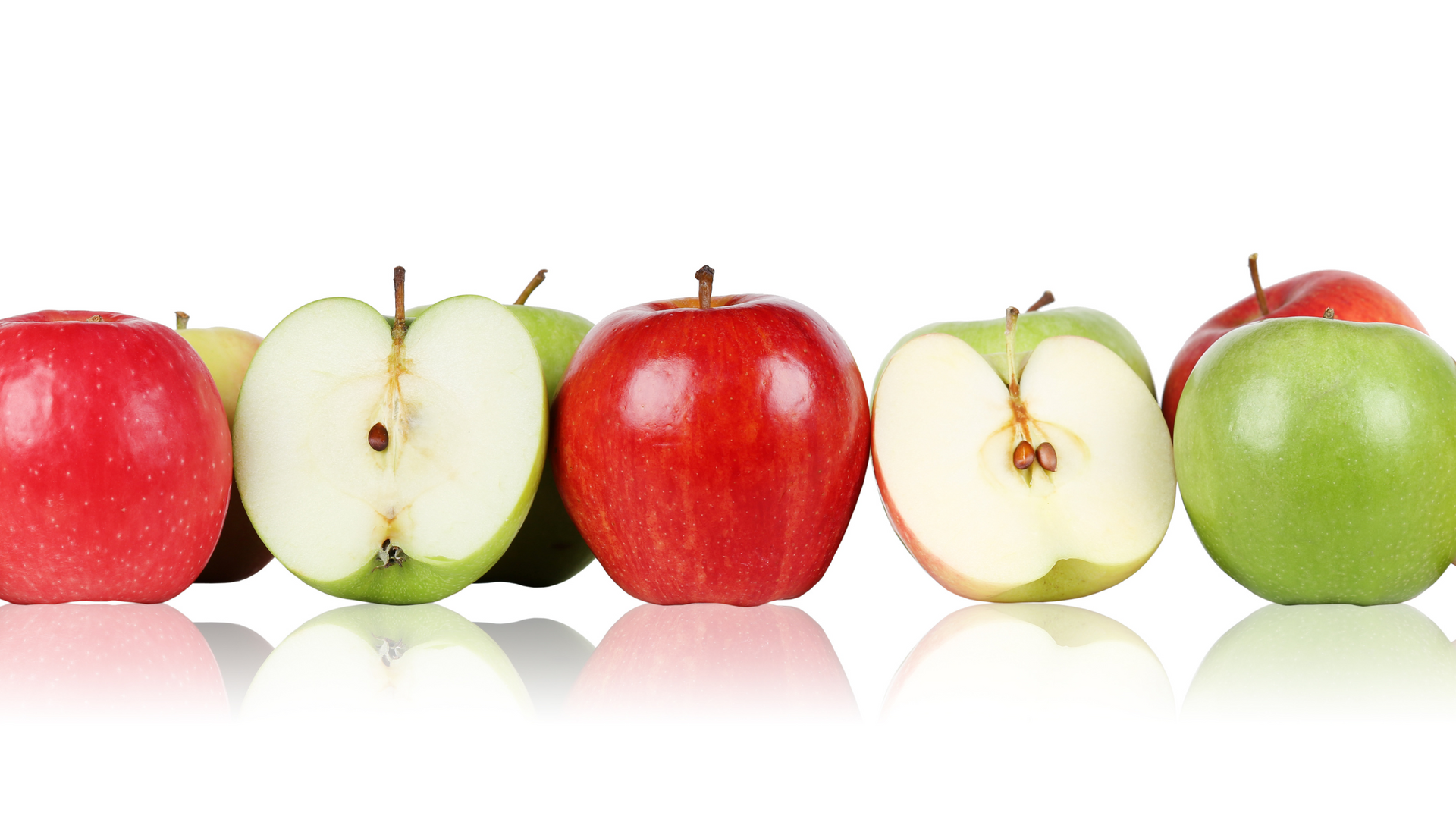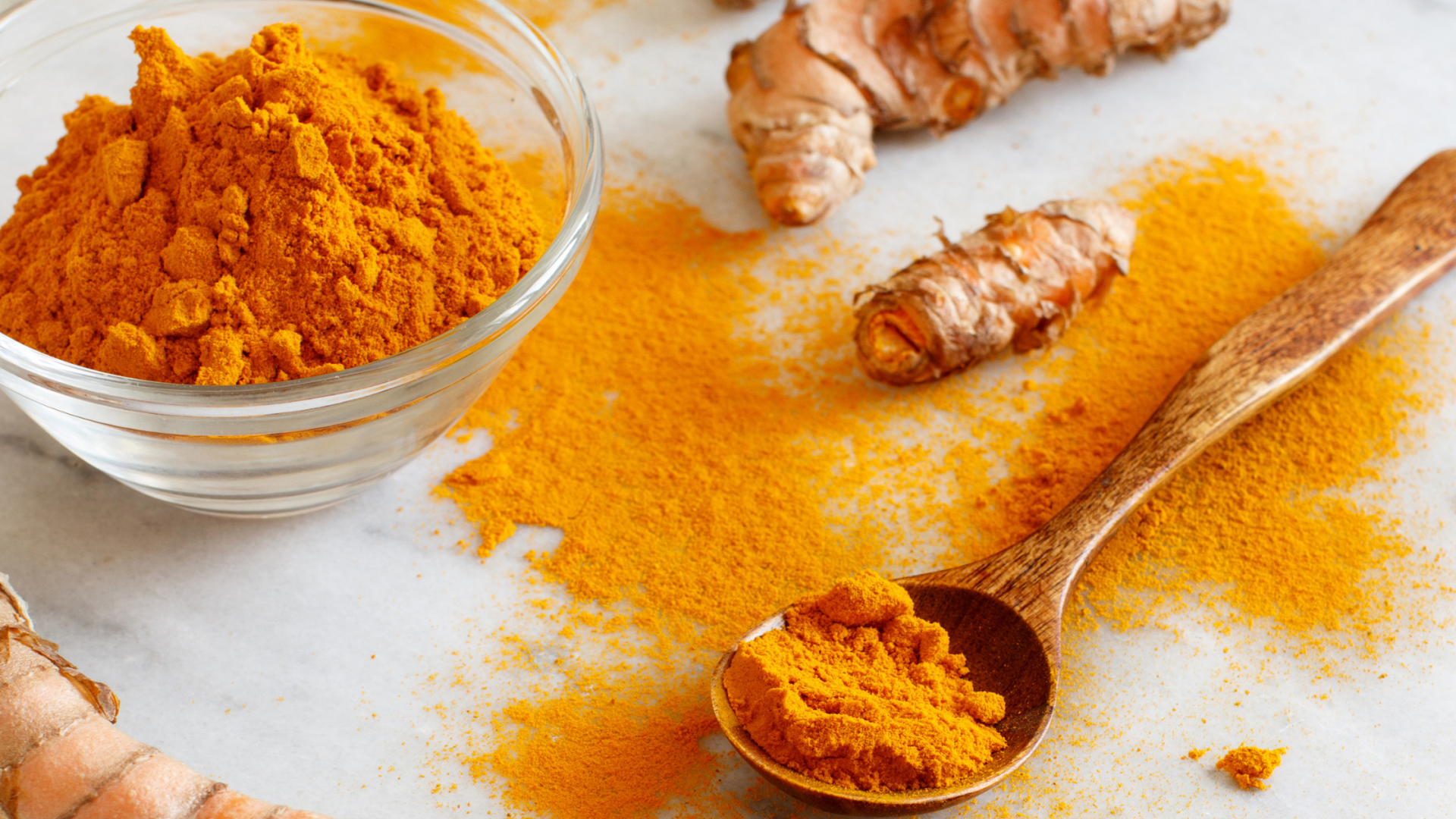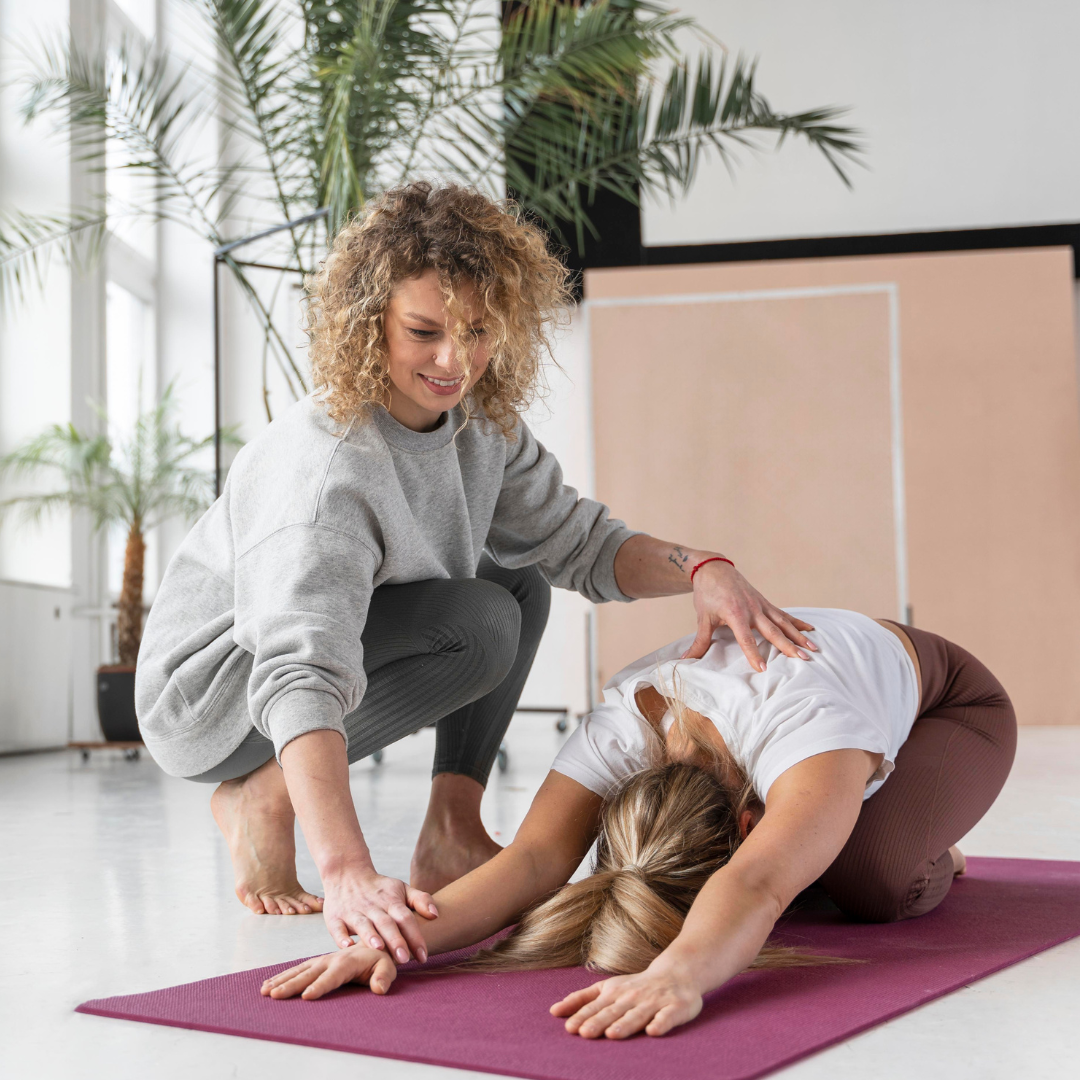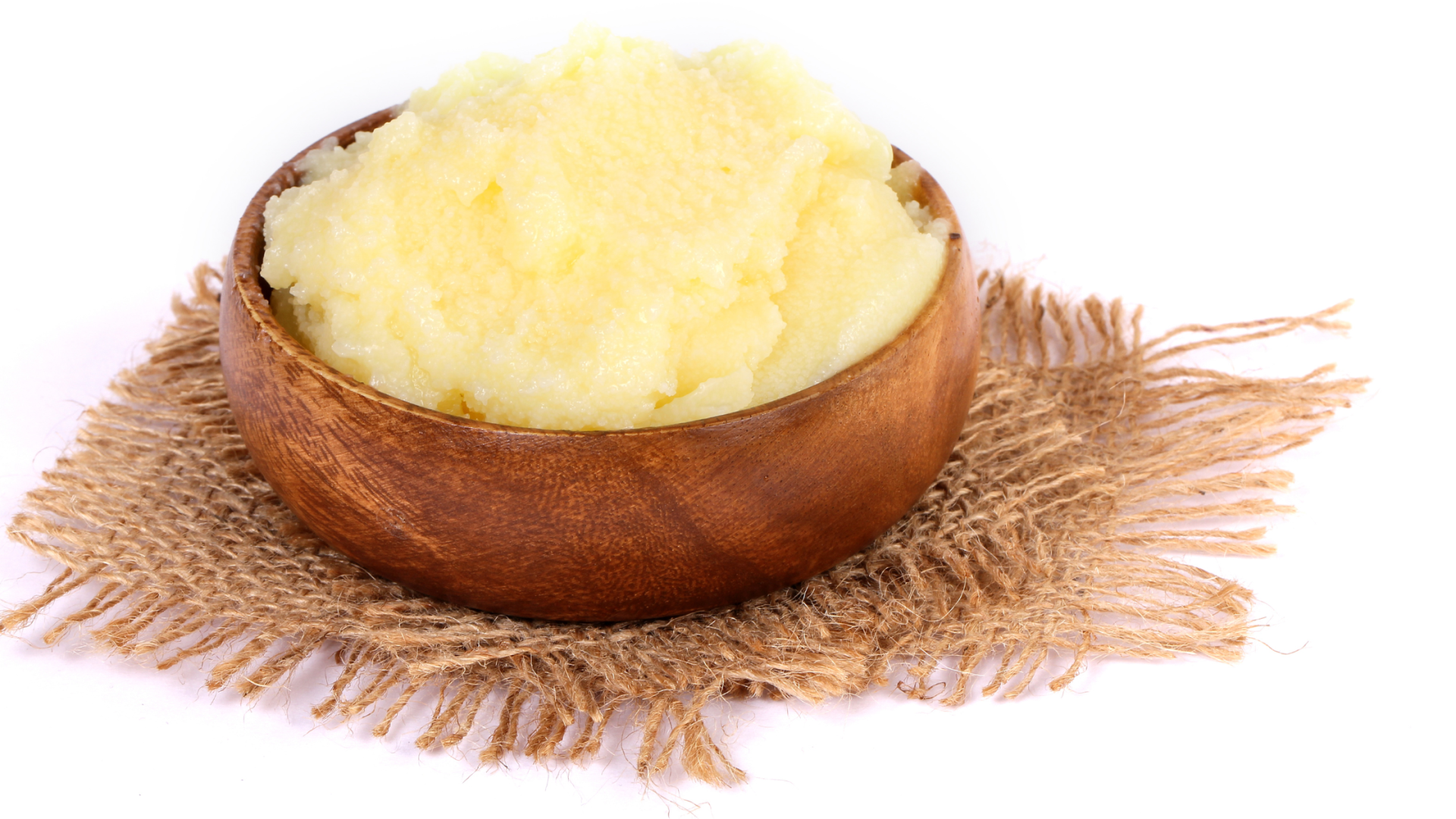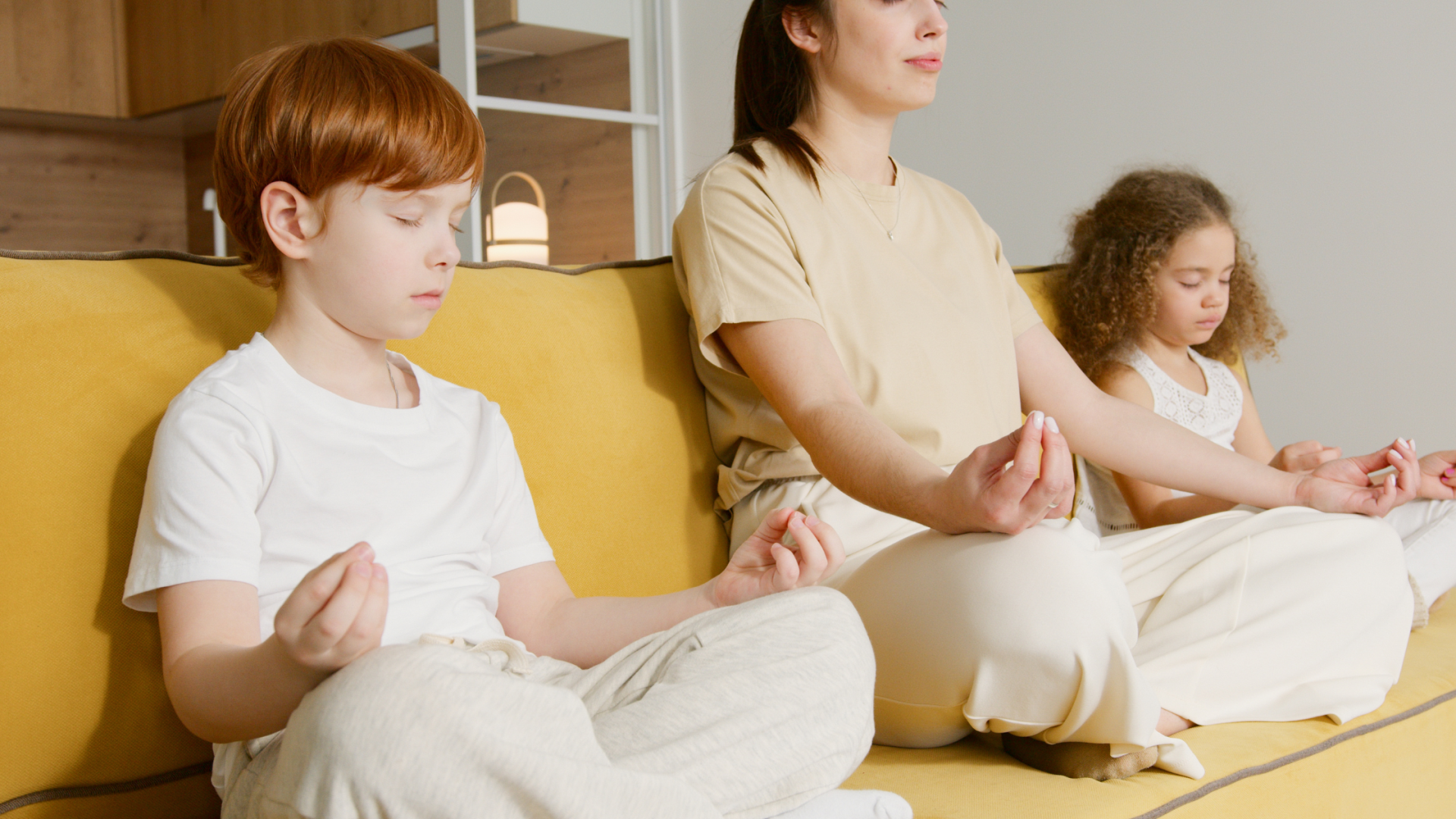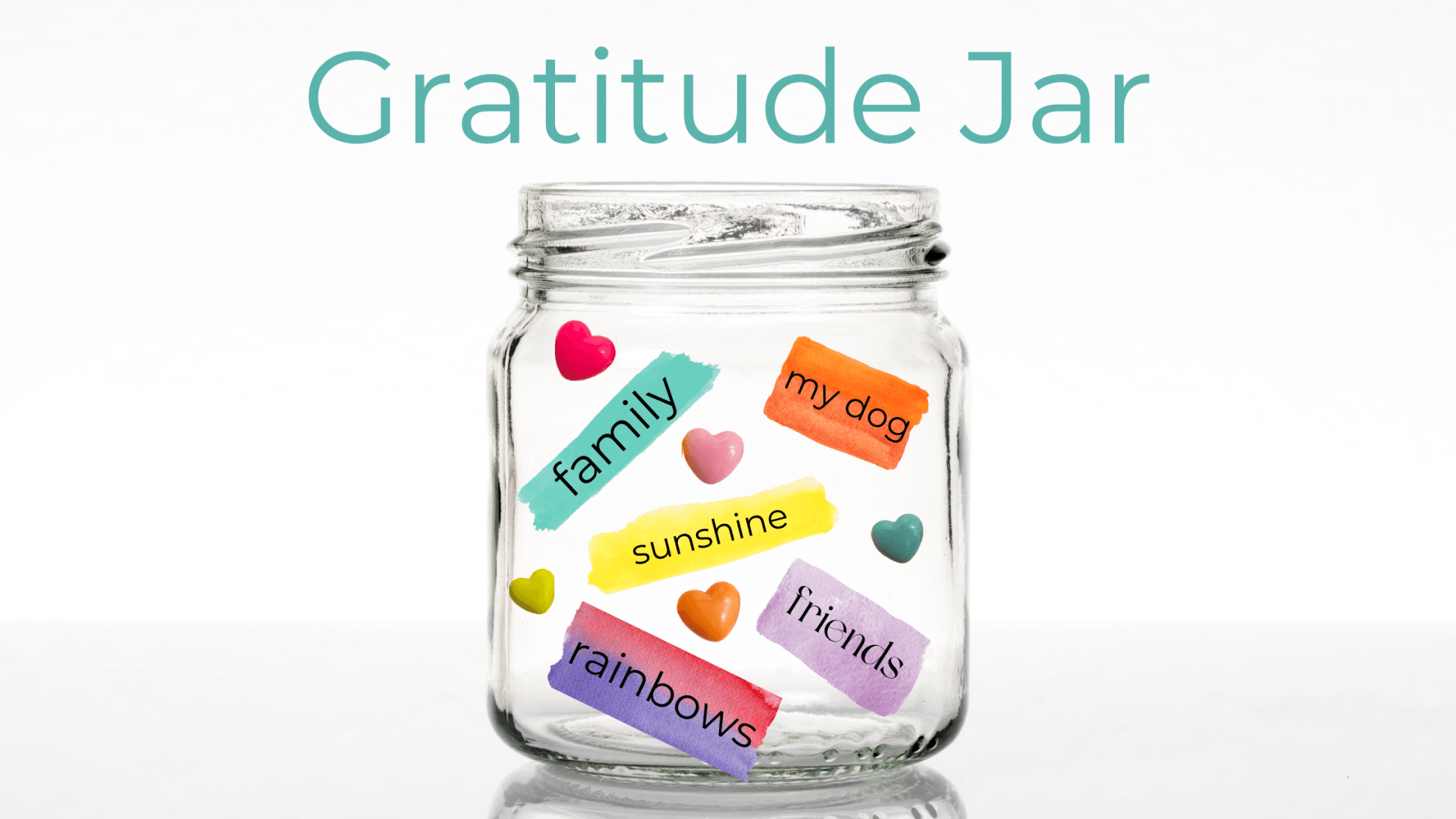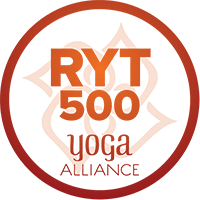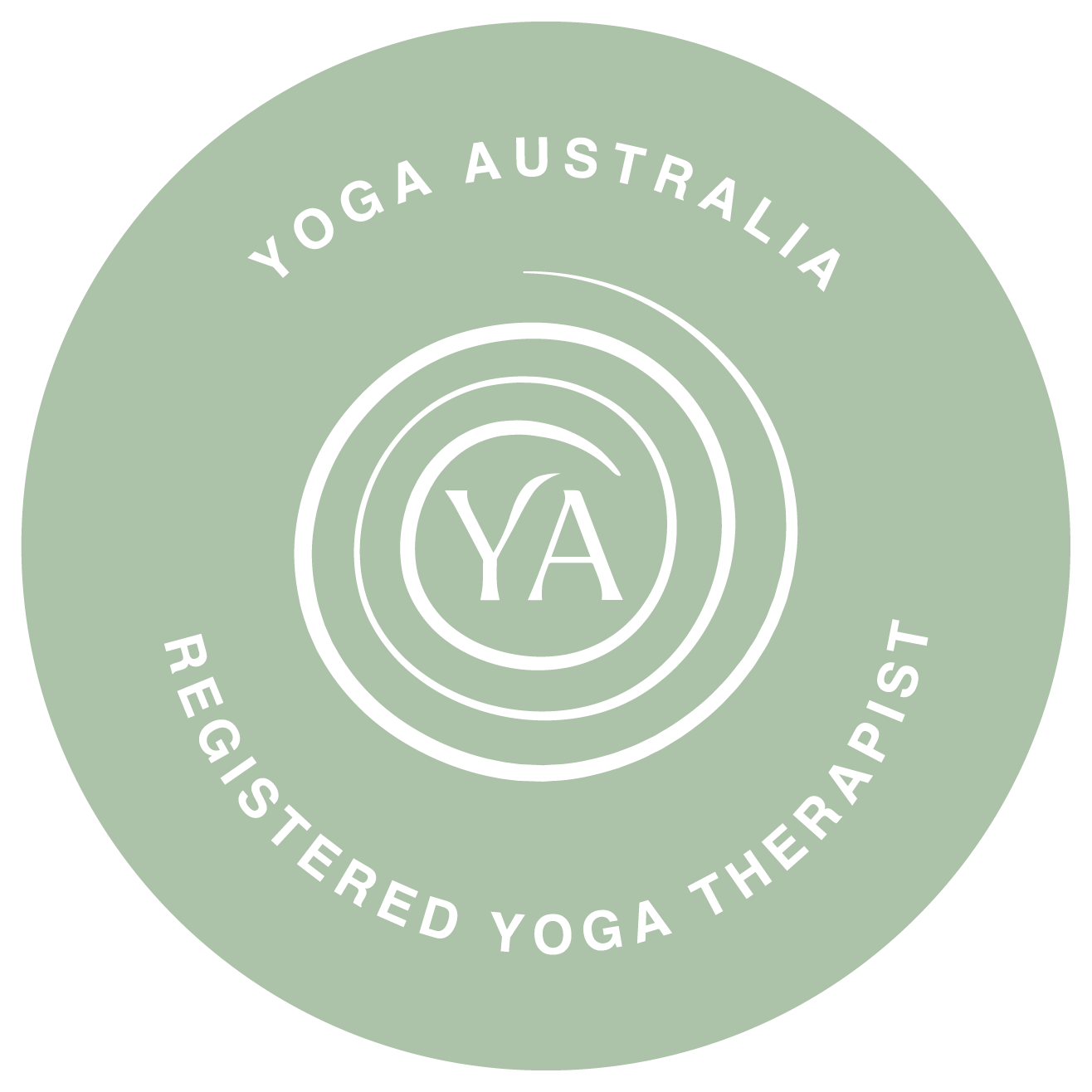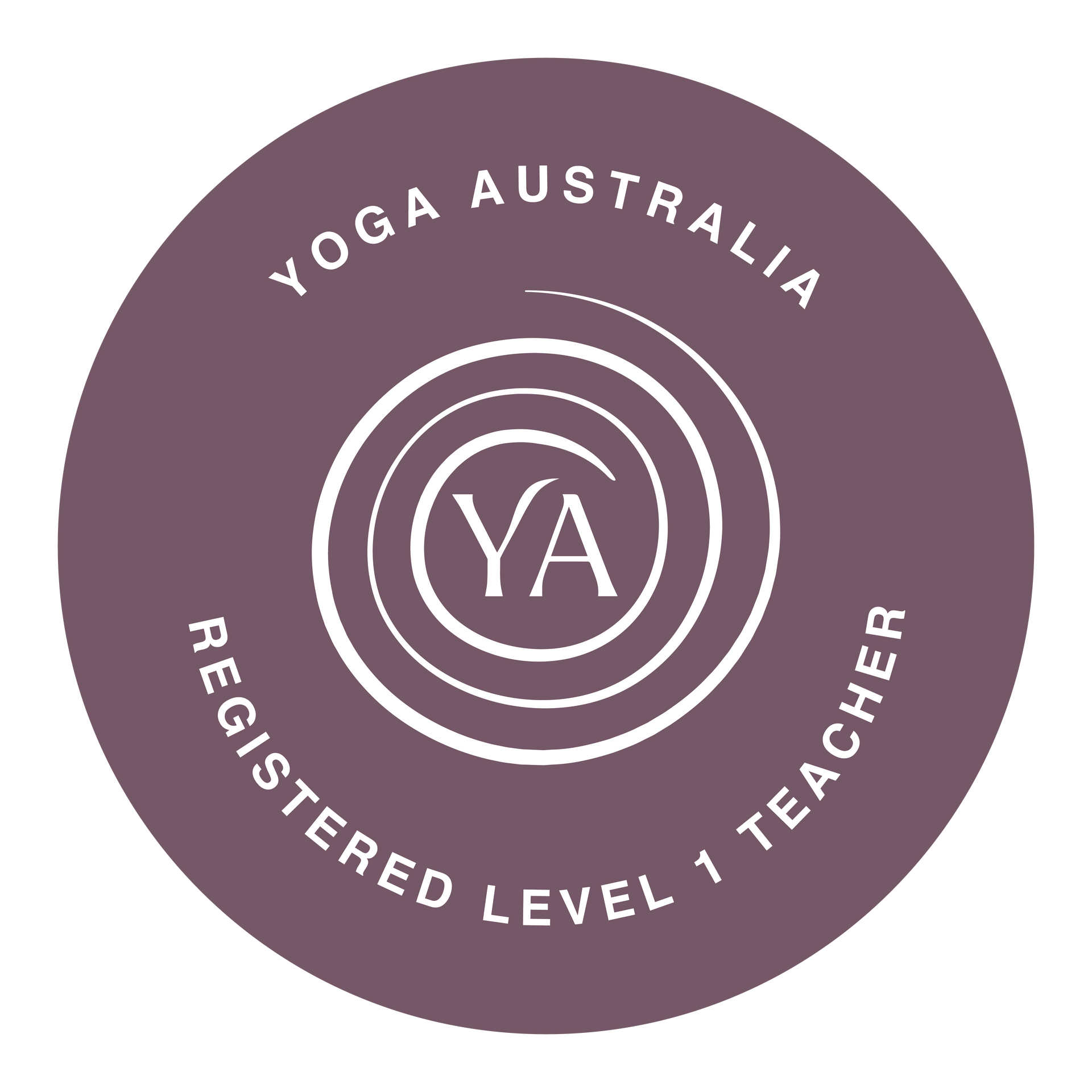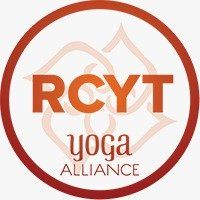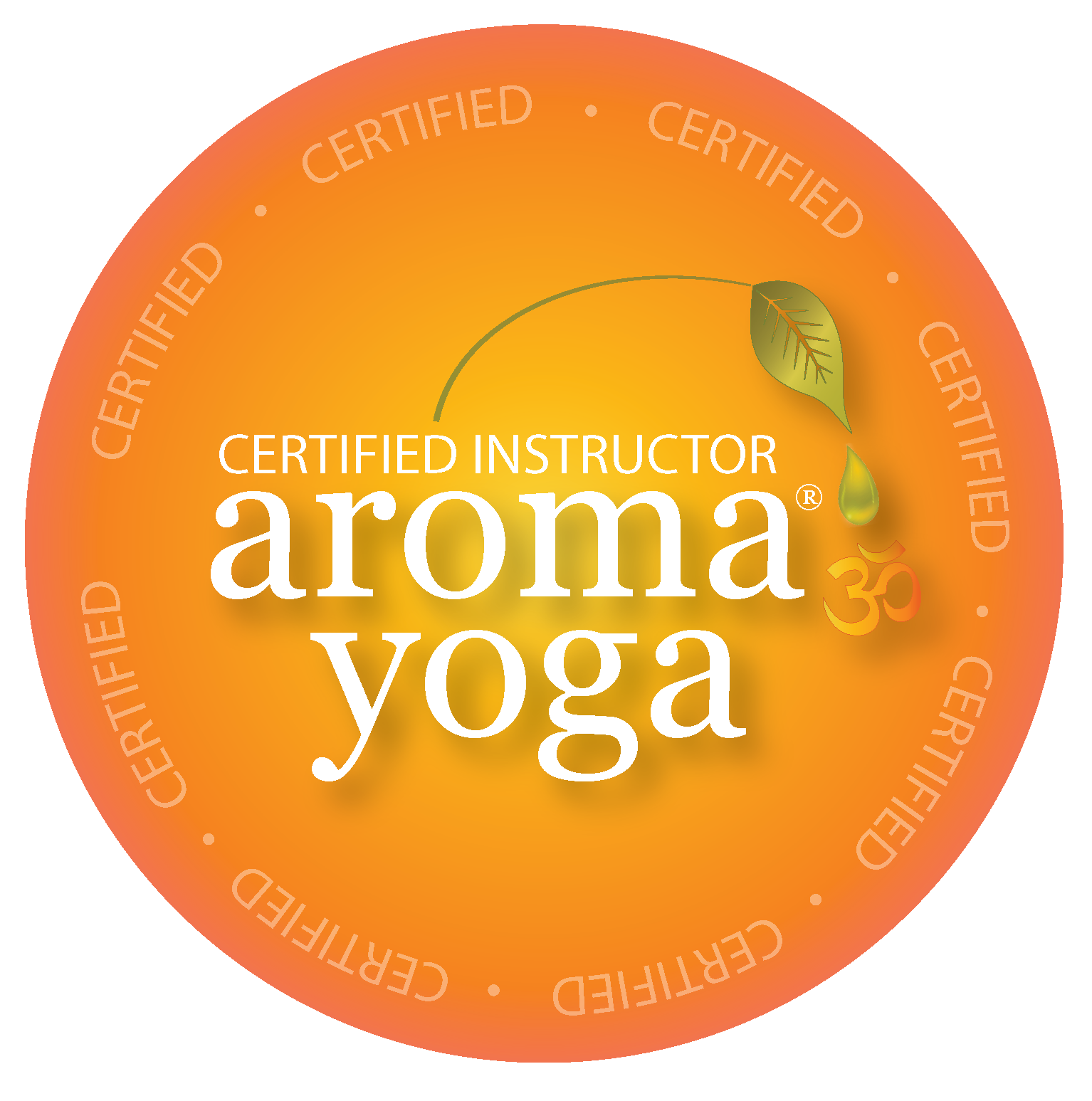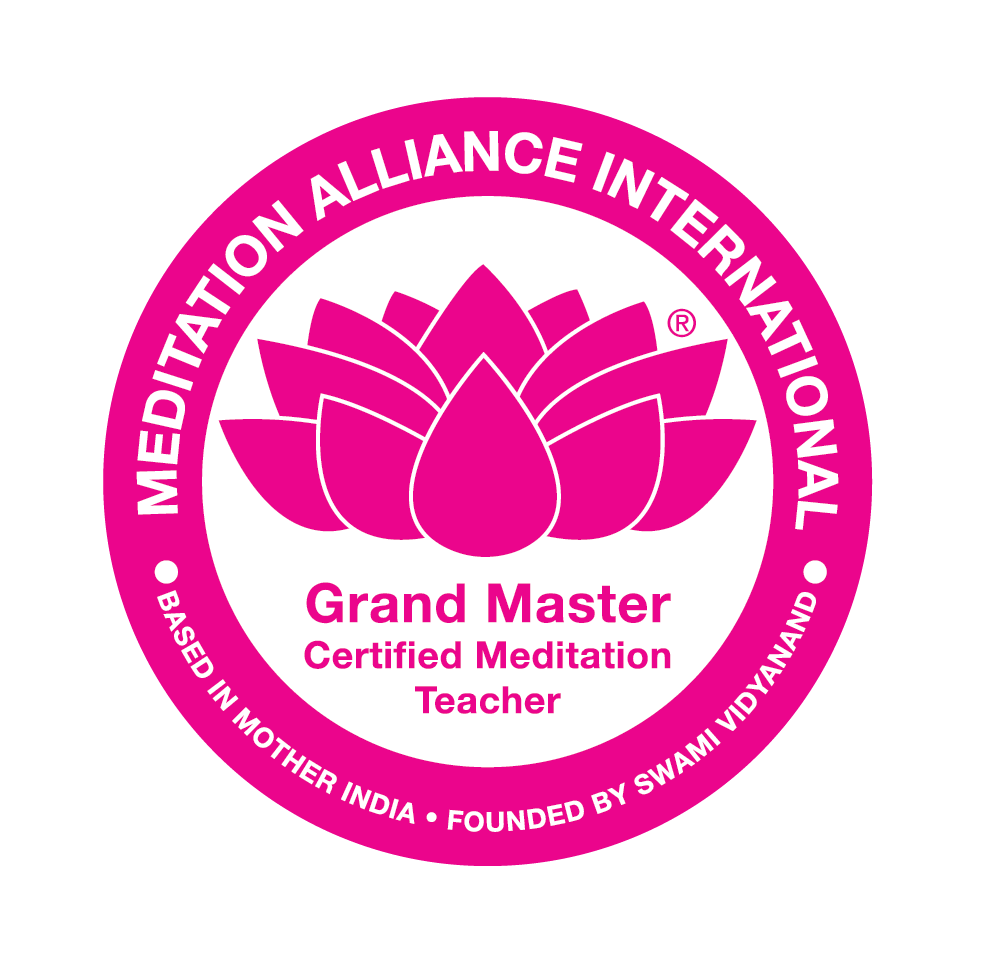Pranayama - Alternate Nostril Breathing
Lyn Russell, RYT-500, RCYT, B.Ed., Dip.T., ACOA Dip. (M.Nat.Th) • Jun 12, 2021
Nadi Shodhana (pronounced NAH-dee-SHOW-dhah-nah) is known as the "Sweet Breath," "Channel Purification Breath" or more commonly "Alternate Nostril Breath". This type of pranayama brings balance to the right and left hemispheres of the brain. Nadi means channel and shodhana means purifying.
How To:
- Sit comfortably with your spine tall, your eyes closed and bring your attention to your breath (breathe through your nose).
- Sitting comfortably, bring the tip of your right thumb and ring finger together, turning the tips of the index and middle fingers down to touch the base of the thumb to make Vishnu Mudra. If you have some difficulty holding your raised arm in position for the length of the practice, you can put a bolster across your legs and use it to support your elbow.
- An alternative option for Vishnu Mudra is to extend your index and middle fingers and rest them on your forehead (third eye). Allow your thumb and your ring and little finger to remain extended.
- Keep the shoulders relaxed, raise the right elbow and keep the head facing forward with the neck long.
- Inhale through both nostrils.
- Use the tip of the right thumb to block the right nostril by gentling pressing on the outside of the nostril, just below where the cartilage ends.
- Exhale through the left nostril. Keep the thumb in place as you inhale through the left nostril.
- At the top of the inhale, release the thumb gently and close the left nostril with the tip of the right ring finger. Exhale through the right nostril only. Keep the ring finger in place as you inhale through the right nostril.
- At the top of the inhale, release the ring finger and gently close the right nostril with the tip of the right thumb. Exhale through the left nostril.
- Repeat 12-24 times
- Release the hand mudra and return to normal breathing
- Traditionally Nadi Shodhana can also include breath retention, fixed ratio breathing, and the repetition of certain "seed" mantras. When you are beginning your journey into practicing pranayama, its best to focus on the inhales and exhales.
When To:
Nadi Shodhana is sometimes used to open up a pranayama practice, and other times it is incorporated into a yoga class. It clears the nostrils, and clears the brain. Having this pranayama practice available to you will aid in times when you are feeling overwhelmed or stressed. It will be a great aid to calm and clear the mind.
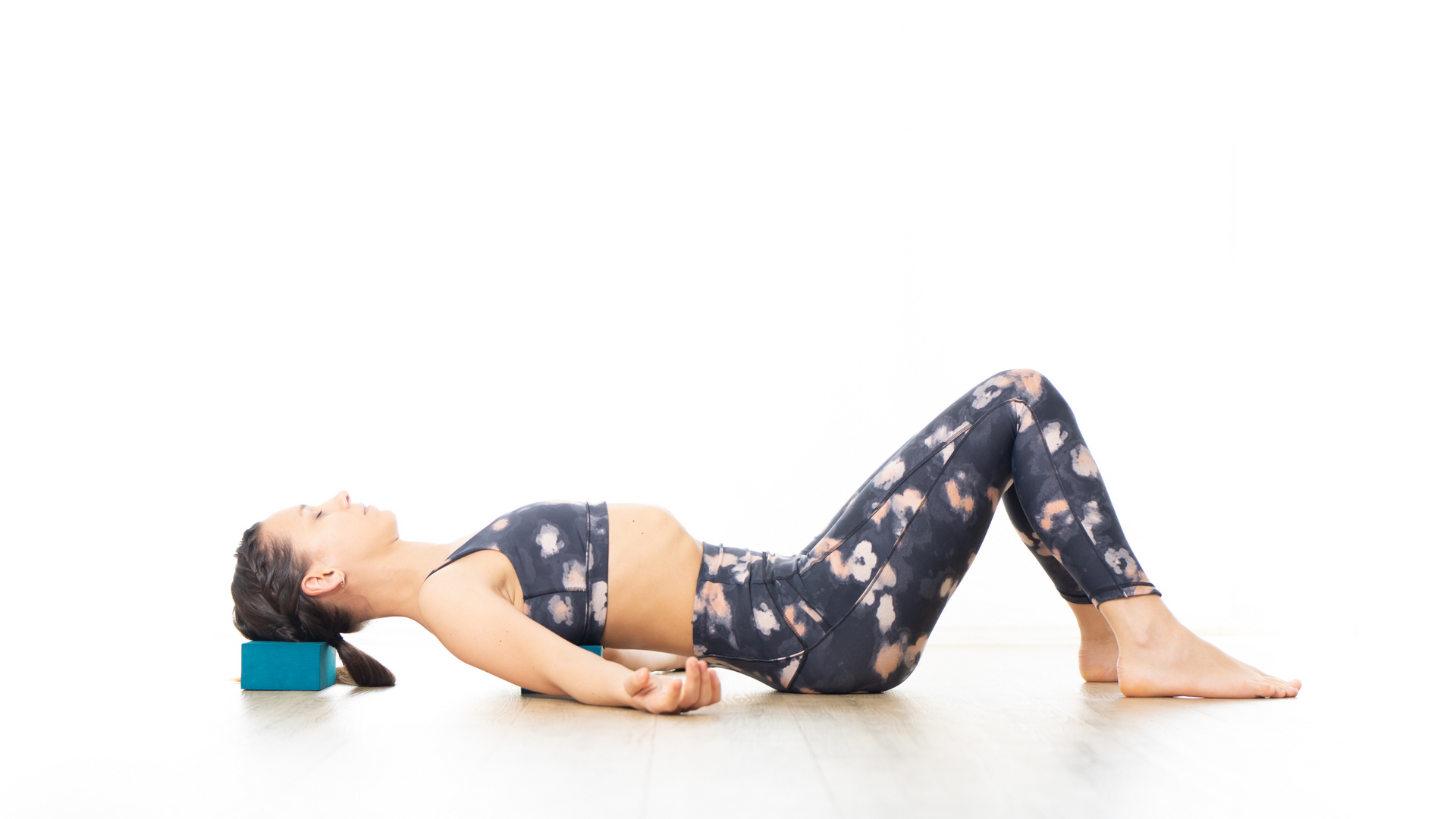
By Lyn Russell, RYT-500, RCYT, B.Ed., Dip.T., ACOA Dip. (M.Nat.Th)
•
30 Jul, 2023
Yin Yoga is a slow-paced, gentle style of yoga that focuses on holding passive poses for an extended period, typically ranging from 3 to 5 minutes or even longer. The practice primarily targets the connective tissues, such as ligaments, tendons, and fascia, rather than the muscles. Find out more about yin yoga below.
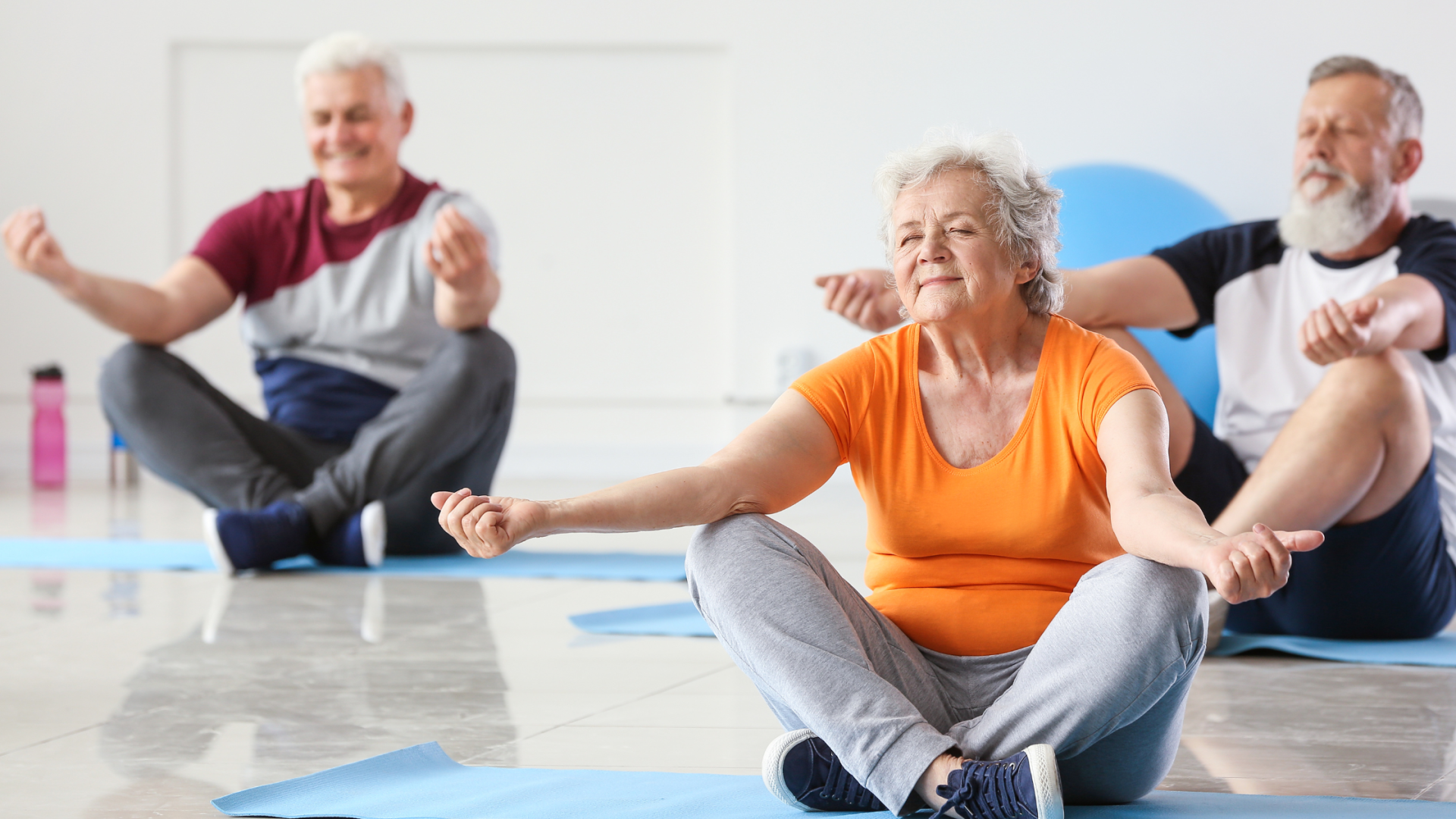
By Lyn Russell, RYT-500, RCYT, B.Ed., Dip.T., ACOA Dip. (M.Nat.Th)
•
14 Oct, 2022
Why is yoga and yoga therapy for older students so beneficial and why do they require special attention? When discussing the needs of older students, we are referring to those aged over 50. You may be surprised that we class 50 and over older, however these students present with a more unique history than our younger students. Therefore it is important to provide yoga sessions or yoga therapy that is suited to their special needs. Along with the usual intake steps that apply to all students, when looking at older students we need to pay particular attention to things such as: injury history and medical conditions lifestyle factors medications aims and expectations Injury history and medical conditions Injury history and medical conditions are important details that your yoga teacher should know regardless of your age. You may not know what is relevant to your yoga practice, so it is important to inform your yoga teacher or yoga therapist of your medical history, medical conditions and injury history. This allows us to provide practices that can support certain body or organ systems Lifestyle factors Lifestyle factors are extremely important to consider when planning a yoga practice for older students. Things to pay attention to include sleep quality, energy level and nutrition Medication Medication can have a huge impact on the type of yoga practice older students should be doing. Certain medications can change your balance, coordination and pain perception. Informing your yoga teacher or yoga therapist can allow them to provide a safe practice for your individual circumstances. Key Areas For Focus in Yoga We aim to maintain a healthy range of motion: Moving the body in different directions - forwards, backwards, side bending and rotation all encourage tissue elasticity, lubrication and circulation. Improve posture: As we age we tend towards flexion, which can create flow-on effects on bone loading, breathing, digestion, energy, and mood. Building the back body and posterior shoulder strength, as well as allowing time in 'neutral' positions of the spine is important. Postures such as chest openers and shoulder stretches as well as deep breathing is very beneficial. Working and strengthening under-utilised areas such as the back and posterior shoulders, the glutes, core and upper body Improving stability and preventing falls with poses that coordinate opposite sides of the body, standing and kneeling poses, foot awareness work and moving from pose to pose are key areas to work on as we age. Down-regulating the nervous system by emphasising the parasympathetic nervous system through mindful movement, Yoga Nidra, body scans, yin and restorative poses, Savasana, breath work and meditation. Cultivating acceptance of the stage of life we find ourselves in is extremely important. This may involve a gradual withdrawal from family and worldly life, to prepare for life as we age. Concepts from yoga philosophy can be helpful here - svadhyaya (self-study), vairagya (non-attachment) and santosha (contentment) There are many tools of yoga that can support the body, mind and emotions as we age. Why not give yoga or yoga therapy a try and see what it can do for you.
Join our mailing list for news and updates.

